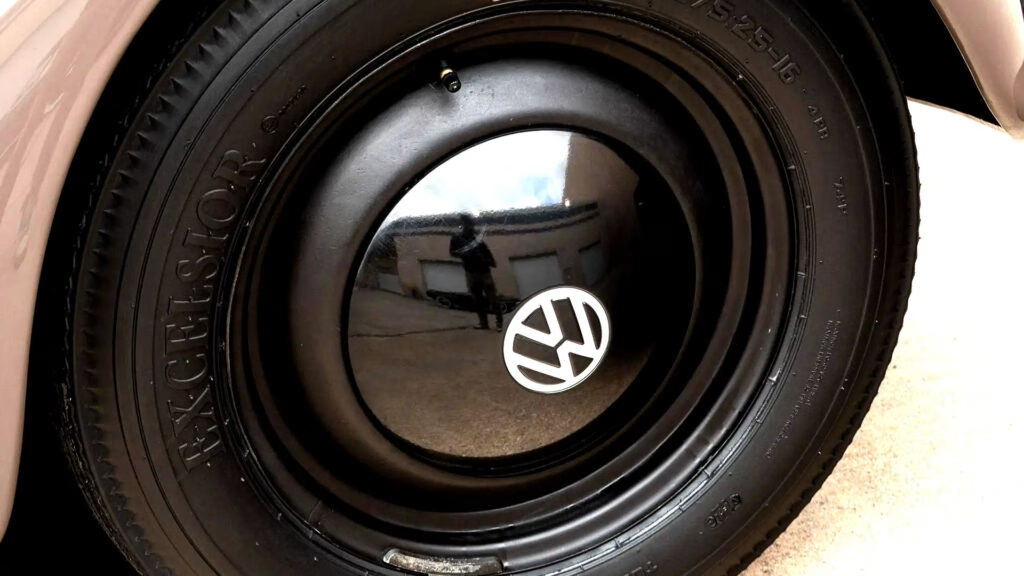A 1952 Volkswagen Beetle recently made headlines after fetching an impressive $96,000 at auction. This isn’t just any Beetle; it’s a rare split-window model that showcases the unique features of early European Bugs. In a world where modern cars boast hundreds of horsepower, it’s fascinating to see someone shell out nearly the same amount for a vehicle that only delivers 24 hp. Let’s dive into what makes this classic car so special and why it’s captured the attention of collectors.
What Makes This Beetle So Unique?
The 1952 Beetle stands out for several reasons. First off, its split-window design is a hallmark of early Beetles, with only models produced before 1953 featuring this distinctive rear window. This particular car also boasts features that are hard to find on later models, such as 16-inch wheels, one-piece door windows, and semaphore turn signals that pop out from the B-pillar. These elements give it a vintage charm that many modern cars lack.
Interestingly, the Beetle’s design was influenced by its European roots. Unlike its American counterparts, which often flaunted chrome and flashy details, this model is a base-spec Standard Bug. The absence of chrome trim on the bumpers, headlight rims, and even the door handles creates a surprisingly modern aesthetic. This minimalist approach is a stark contrast to the more luxurious Deluxe trims that were popular in the U.S.
The Power of Simplicity
Under the hood, the Beetle is powered by a 1,131 cc flat-four engine that produces just 24 hp. It drives the rear wheels through a non-synchronized four-speed manual transmission, which adds to the old-school driving experience. The swing-axle rear suspension and cable-operated brakes further emphasize its vintage character. For those who appreciate the charm of classic engineering, this Beetle is a treasure trove of nostalgia.
While some air-cooled VW experts have pointed out that this particular model may have a few incorrect parts, the allure of owning a piece of automotive history is undeniable. The fact that it sold for nearly six figures speaks volumes about the passion and dedication of classic car collectors.
Why Are Classic Cars Like This Beetle So Valuable?
The value of classic cars often hinges on their rarity, condition, and historical significance. In the case of this 1952 Beetle, its unique features and the fact that it’s one of the earliest models make it a coveted item among collectors. The auction frenzy surrounding it highlights a growing trend where enthusiasts are willing to invest substantial amounts in vehicles that evoke a sense of nostalgia and connection to the past.
Moreover, the classic car market has seen a resurgence in recent years, with many collectors viewing these vehicles as investments. As more people seek to own a piece of history, prices for rare models like this Beetle continue to rise. It’s not just about the car itself; it’s about the story it tells and the memories it evokes.
A Shift in Perspective
For many, spending $96,000 on a car with just 24 hp might seem outrageous. However, it’s essential to recognize that the value of a classic car often transcends its performance metrics. It’s about the experience, the craftsmanship, and the connection to a bygone era. This Beetle isn’t just a mode of transportation; it’s a symbol of a simpler time and a testament to the enduring appeal of automotive design.
The big takeaway? Investing in classic cars isn’t about perfection—it’s about appreciating the journey and the stories behind each vehicle. Whether you’re a seasoned collector or a casual enthusiast, there’s something magical about owning a piece of history. So, if you’ve ever considered diving into the world of classic cars, start with one small step this week, and you might just find yourself captivated by the charm of these timeless machines.

